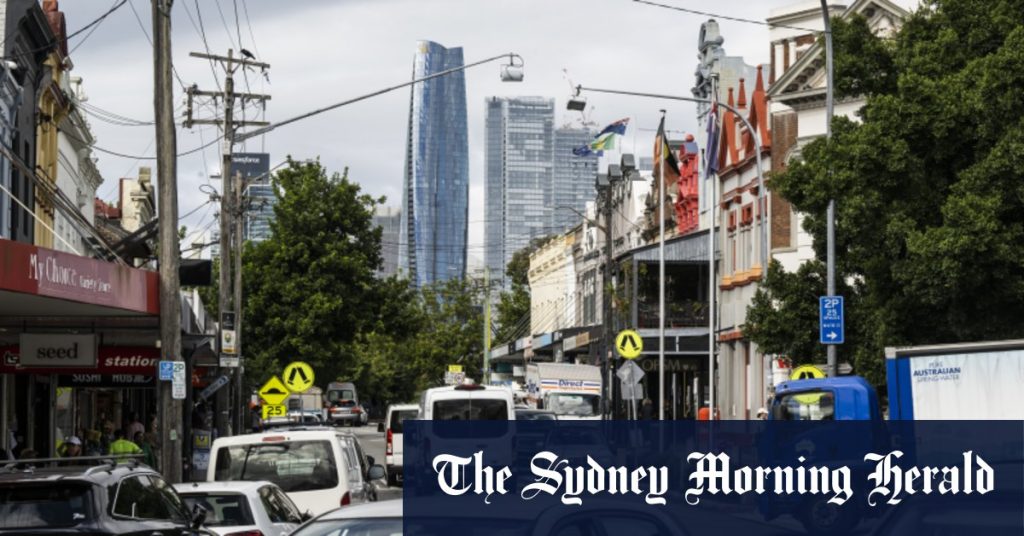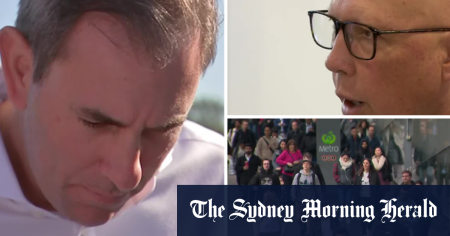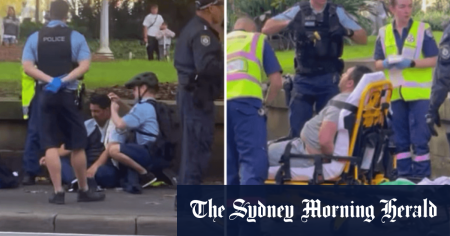The Transport for NSW spokeswoman stated that the practical driving test is designed to produce consistent results regardless of who is conducting the test, the test route, location, or traffic conditions. Factors such as the number of people seeking a modified driver’s licence due to age or medical conditions, converting an interstate or international licence, and the prevalence of professional driving lessons may impact pass rates. The graduated licensing scheme in NSW requires drivers to meet various conditions before obtaining a full licence, such as completing 120 hours of supervised driving.
The overall pass rate for the driving test in NSW is 57%, indicating potential issues with driving training and access to lessons that need attention. University of Sydney engineering PhD student Jacob Elmasry stated that achieving perfect consistency among multiple examiners is difficult. Factors such as observance skills, driving speed, and leniency among examiners can influence test results. Rural drivers may pass at higher rates due to starting driving earlier and facing less complex driving conditions compared to urban areas.
Data from Transport for NSW revealed that 72% of people passed the knowledge test in the past year, with varying failure rates by area. Failure rates in regions such as Balranald, Bourke, Broken Hill, Coonamble, and Inverell were significantly higher compared to affluent suburbs like Hornsby, Ryde, The Hills, and Willoughby. The varying results in the knowledge test were attributed to socioeconomic factors, with individuals in wealthier suburbs likely having a higher success rate due to more time available to study for the exam.
Western Australian Centre for Road Safety Research director Teresa Senserrick suggested that pass rates may differ between regions due to factors such as traffic levels, speed limits, weather conditions, and a candidate’s readiness for the test. Research indicates that candidates are more likely to pass driving tests when they have completed a high number of supervised practice driving hours. The need to reduce variability between driving examiners was highlighted, with efforts made to minimize bias and ensure consistency in test outcomes.
In addressing the potential issues with driving training and test pass rates, efforts to improve access to lessons and enhance training programs may be necessary. Factors such as observance skills, rural versus urban driving conditions, and candidate readiness were identified as influencing test outcomes. Socioeconomic disparities in pass rates for the knowledge test highlight the importance of equal access to resources for all candidates. Strategies to ensure consistency among driving examiners and reduce bias in test results were recommended to enhance the fairness and effectiveness of the testing process.
Overall, the analysis of pass rates for the practical driving test and knowledge test in NSW highlights the need for improvements in driving training programs, access to lessons, and consistency among examiners. Addressing factors such as observance skills, driving conditions, and candidate readiness can help enhance test outcomes. Efforts to equalize access to resources and minimize biases in test results are crucial for ensuring fair and effective driver testing processes.















